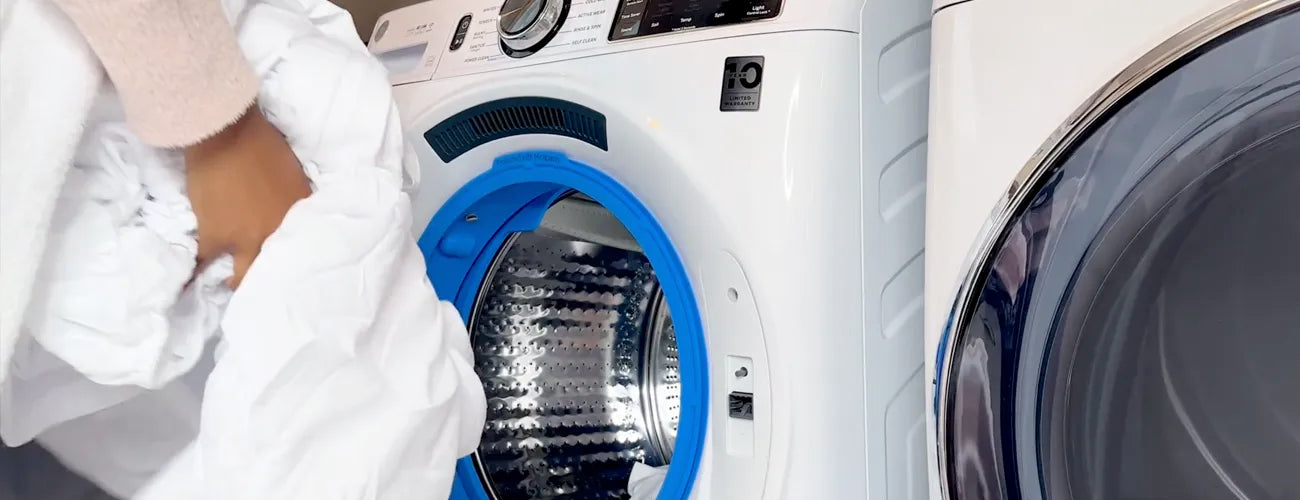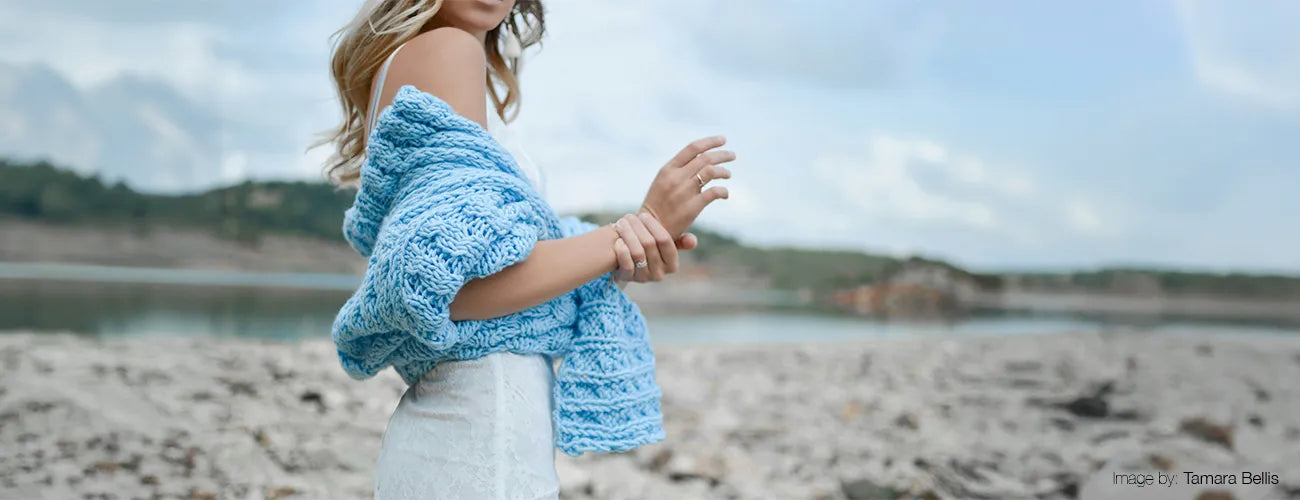How to build an Eco-Friendly, Low-Tox Laundry Routine: Ultimate Guide
Let’s be honest — most people don’t think much about what goes into their laundry routine. But what you wash your clothes with ends up right against your skin, around your family, and into the environment. The good news? You don’t need to overhaul your life to start doing laundry in a healthier, safer way.
At Sheet Yeah!, we believe laundry should be clean — without the toxins, the harsh chemicals, or the plastic waste. In this eco-friendly guide, we’ll walk you through how to build a complete low-tox laundry routine. low-tox laundry routine that’s simple, safe, and sustainable.
Why Your Home Laundry Routine Matters
Every time you wash your clothes, you’re making choices that affect:
-
Your skin
-
Your family’s health
-
The environment
-
The lifespan of your clothes
Unfortunately, most conventional laundry products are loaded with chemicals that can irritate skin, pollute waterways, and leave toxic residues behind. A low-tox laundry routine helps protect your health while keeping your home and the planet cleaner, reducing environmental impact.

What is Low-Tox Laundry?
Low-tox laundry is about reducing toxic exposure wherever possible. That means: using non-toxic products and being mindful of your environmental impact.
-
Avoiding harsh chemicals
-
Eliminating synthetic fragrances and dyes
-
Choosing skin-safe, plant-based ingredients
-
Reducing plastic waste
-
Minimizing your home’s overall toxic load
A low-tox routine is especially important for:
-
Babies and young children
-
Allergy sufferers
-
People with eczema or skin sensitivities
-
Anyone wanting a healthier home
The Problem with Conventional Laundry Products
Most commercial laundry detergents and softeners include:
-
Artificial fragrances
-
Phosphates
-
Parabens
-
Optical brighteners
-
Preservatives
-
Endocrine disruptors
-
Harsh surfactants
They’re packaged in bulky plastic bottles and often leave harmful chemical residues on your clothes that absorb into your skin — not exactly the kind of “clean” you want for your health.
Plus, these ingredients don’t just affect your family — they wash into waterways, harming aquatic life and contributing to pollution.

Step 1: Choose a Eco Laundry Detergent
The biggest — and easiest — switch you can make? Your detergent.
✅ Look for detergents that are:
-
Fragrance-free or naturally scented with essential oils
-
Free from dyes, phosphates, parabens, and optical brighteners
-
Made with plant-based, biodegradable ingredients
-
Packaged plastic-free
-
Fully dissolvable, leaving no residue
💡 Sheet Yeah! Laundry Detergent Sheets are:
-
Pre-measured
-
Plant based
-
Hypoallergenic
-
Safe for babies and sensitive skin
-
Plastic-free and travel-friendly
With detergent sheets, you get a clean that’s better for your skin, your machine, and the planet — without the heavy jugs or messy powders.
Step 2: Ditch Fabric Softeners & Dryer Sheets
Fabric softeners are one of the sneakiest offenders in laundry, often containing harmful chemicals. They coat fabrics with chemicals and artificial scents that linger long after washing — and can irritate skin and lungs.
Many contain:
-
Quaternary ammonium compounds (quats)
-
Synthetic fragrances
-
Petrochemicals
Low-tox alternatives include:
-
✅ Wool dryer balls — naturally soften fabrics, reduce static, and help clothes dry faster.
-
✅ White vinegar — added to the rinse cycle, it softens fabrics, removes residues, and neutralizes odors.
-
✅ Air drying — a great eco-friendly option for drying your clothes. Preserving fabric quality while eliminating the need for softeners altogether.
Step 3: Switch to Natural Stain Removal
Stains happen — but you don’t need heavy-duty chemical stain removers to deal with them.
Natural stain removers include:
-
Baking soda paste
-
White vinegar
-
Fragrance-free dish soap
-
Hydrogen peroxide (for protein stains like sweat or blood)
🚫 Avoid chlorine bleach or chemical pre-treatments that leave behind toxins and can weaken fabrics.

Step 4: Maintain Your Washing Machine Naturally
Keeping your washer clean ensures your clothes actually get clean — and prevents mildew, mold, and buildup.
Monthly maintenance routine:
-
Run an empty hot wash with 1-2 cups white vinegar to help care for your washing machine.
-
Follow with a second cycle using ½ cup baking soda.
-
Wipe seals, gaskets, and detergent drawers weekly.
💡 Using Sheet Yeah’s residue-free detergent sheets also helps prevent buildup from the start — unlike liquid or powder detergents that can leave gunk inside your machine.
Step 5: Laundry Sorting for Healthier Laundry
Good sorting helps you wash efficiently while protecting fabrics and minimizing lint:
-
Sort by color (lights, darks, brights)
-
Sort by fabric weight (delicates, towels, jeans) to optimize your load of laundry.
-
Separate heavily soiled items (gym wear, nappies, heavily stained clothes)
-
Use cold or warm water for most loads to protect fabrics and save energy
-
Choose gentle cycles for delicates
Proper sorting prevents color bleeding and fabric damage and ensures your detergent works its best.
Bonus Tips for Building a Low-Tox Laundry Routine
-
Don’t overload your machine — clothes need space to move.
-
Use the right amount of non-toxic detergent — with concentrated formulas like eco-friendly options. Sheet Yeah! less is often more.
-
Double rinse if you or your family have ultra-sensitive skin.
-
When possible, choose clothing made from organic or natural fibers that are easier on both your skin and the environment.

Small Changes = Big Impact
Shifting to a low-tox laundry routine doesn’t require a total lifestyle overhaul. Simple swaps — like switching your detergent and ditching fabric softeners — make a real difference for your health and the planet.
✅ Safer for your skin
✅ Better for your clothes
✅ Kinder to the environment
✅ Easier on your washing machine
✅ And no more hauling heavy plastic jugs
With Sheet Yeah Laundry Detergent Sheets, your low-tox laundry journey starts with one simple swap — no mess, no chemicals, no plastic.
FAQs
Why is low-tox laundry important?
To reduce exposure to chemicals that can affect your skin, hormones, immune system, and air quality — while protecting waterways and ecosystems.
Is fragrance-free better for sensitive skin?
Yes — fragrances are one of the most common irritants in laundry products. If you would still like some fragrance, find a naturally scented laundry detergent like Sheet Yeah's Summer Daze scented version that is only fragranced with non-toxic essential oils.
Can low-tox products clean as well as conventional detergents?
Absolutely — when properly formulated, low-tox detergents clean effectively without harsh chemicals.
Are detergent sheets part of a low-tox routine?
Yes — especially plastic-free, residue-free, and hypoallergenic sheets like Sheet Yeah!
Do I need special equipment for low-tox laundry?
No — just better product choices and simple cleaning habits.





